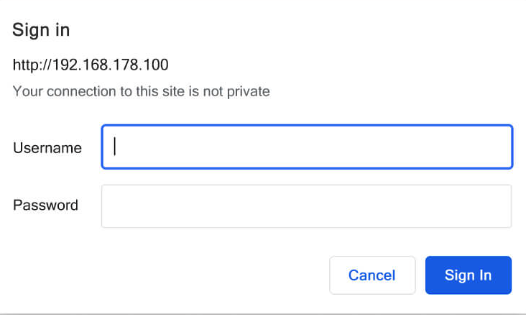So, you stumbled across 192.168.178.100 and you’re thinking, “Okay… what do I even do with this?” Don’t stress—I got you. Let’s break it all down step-by-step so you can log in, troubleshoot, and take back control of your network setup.
What is 192.168.178.100?
Here’s the deal: 192.168.178.100 is part of the private IP address family—basically, it works inside your local network. This address usually isn’t your router’s main IP (unless you manually assigned it). Most likely? It’s a device IP your router handed out via DHCP.
But hey—if your router is actually using this IP for admin access, let’s log in and get things done.
How to Login to 192.168.178.100
If 192.168.178.100 is indeed your router’s login IP, here’s how you get in:
- Connect to the Wi-Fi or plug in via Ethernet
- Open your browser and go to:
http://192.168.178.100 - Hit Enter and boom—you should see the login screen
- Enter your router credentials (more on that below)
Default Username & Password
Not sure what your login info is? Most routers ship with factory defaults like:
- admin / admin
- admin / password
- user / user
Can’t remember changing it? Check the sticker on the bottom or back of your router—it’s probably printed right there.

Troubleshooting: Can’t Reach 192.168.178.100?
No worries—here’s a checklist for ya:
- Make sure you’re on the right network (yes, even if it’s obvious)
- Recheck the IP for typos (you’d be surprised)
- Try 192.168.178.1 instead—that’s the default IP for many routers, especially Fritz!Box
- Still stuck? Use the command line:
- On Windows: Open Command Prompt and type
ipconfig - On Mac: Go to System Preferences > Network > Advanced > TCP/IP
- On Windows: Open Command Prompt and type
Look for the Default Gateway—that’s your real login IP.
Why Would a Router Use 192.168.178.100?
Honestly, most routers don’t use this as their login IP by default. But if someone’s customized your setup (maybe an IT tech, maybe even you in the past), it could’ve been set that way.
Or… it’s just a device on your network. Either way, it’s worth checking.
What Can You Do After Logging In?
If it is your router login IP and you get access to the admin panel—here’s where the magic happens:
- Rename your Wi-Fi (change that boring default name!)
- Set or reset your Wi-Fi password
- Limit or block connected devices
- Run firmware updates
- Turn on guest networks
- Change security settings (super important)
Security Tip: Don’t Leave Defaults
Once you’re inside the dashboard, change the default admin password immediately. Also:
- Turn off remote admin access (unless you need it)
- Keep firmware up to date
- Back up settings if you customize stuff
Final Word
At the end of the day, 192.168.178.100 might be a router login IP or just another device on your network. Either way, now you know how to check, access, and tweak everything.